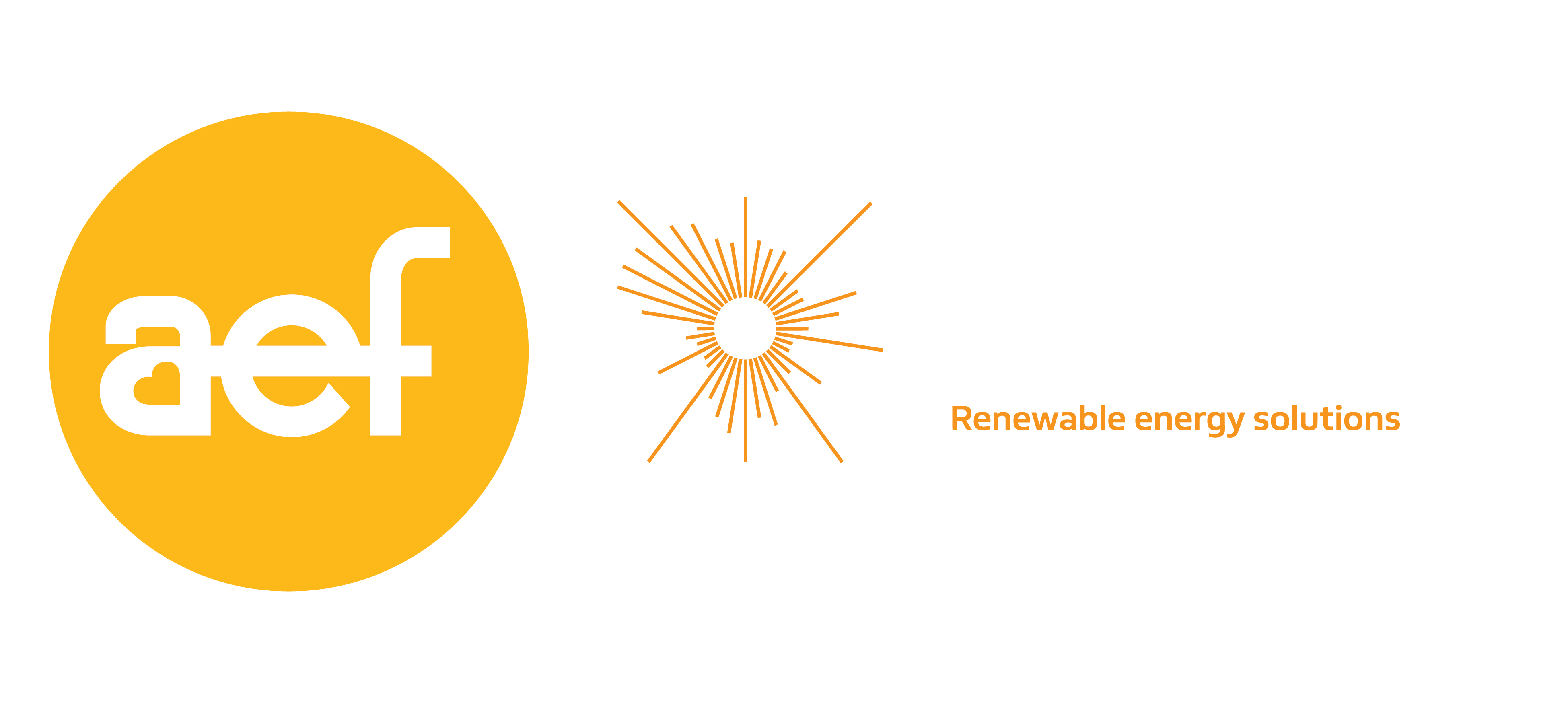11 Apr 2022
FINANCING GAPS: INVESTMENT IN FRONTIER MARKETS
)
SUMMARY OF THE SESSION UNDER THE SAME TITLE THAT TOOK PLACE AT THE POWERING AFRICA SUMMIT (PAS), IN WASHINGTON DC, ON MARCH 2022.
Given that there are different pathways for different renewable energies, the financial planning level to help countries meet such climate contributions presents complexities.
Finding access to and financing for renewable energy is not only a concern for Africa but a global concern as well. Transitioning is greatly acknowledged by stakeholders as the path to the renewable energy transition, but it will be a transition that will have shortcomings. The idea is not to build infrastructure that will then be a stranded asset after some time because developers are fighting to fund the payroll but to create a new mindset of creating environmental and economic sustainability in the nation's economy.
Development banks are shifting to only supporting intergenerational projects taking part in the Integrated Resource Plans (IRP). These banks have taken the affirmative step by aligning governments with the globally determined recommendations that lead to a long-term strategy of renewable and sustainable resources. Some Development Banks require financiers to demonstrate their commitment to the wider plan aligned with the Paris Climate Accord of long-term presence, sustainability practices, and commitment to economic growth in the nation..
Meeting the recommendations of the Accord and COP26 requires the adoption of green hydrogen utilization, efficient battery storage, and mini-grid utilization.
The idea of green hydrogen adoption is not to build new infrastructure but to repurpose the assets already being utilized. Requiring developers to repurpose and make minor shifts in infrastructure will save financiers money, provide economic development to the host nation, and allows a seamless transition from gas. With the completed pipelines, trained laborers, and sufficient technologies readily available, this transition makes for an attractive deal for financiers. Battery storage is one way to solve the unmanageable grid problem experienced by many African nations. Failing grids lead to electric generation loss and in turn, financial loss. Appropriate battery storage may retain the lost energies with the proper technologic development. Minimizing the grids also poses a viable solution; as it provides smaller regions to regulate their MW consumption. In addition, mini-grids are easier to finance as there is a lower financial risk given the scale of the infrastructure to develop the resource.
To reduce the construction and completion risk institutional capital needs to come in throughout the timeline of the development of the asset. Further, institutions must be privy to identifying construction risks. To identify risks requires financial innovation. Such innovation can look like utilizing the right financier at the time of the construction phase and transitioning to another financier at the time of the completion phase; this way all players can identify the required financing mechanisms for their respective fields.
Concessional financing from the lens of Development Finance Institutions (DFIs) looks like grant funding and technical assistance for renewable energy projects, reducing tariffs to create cost competitiveness, and investment funding for blended finance products. All of which crowd in institutional funding.
Finding access to and financing for renewable energy is not only a concern for Africa but a global concern as well. Transitioning is greatly acknowledged by stakeholders as the path to the renewable energy transition, but it will be a transition that will have shortcomings. The idea is not to build infrastructure that will then be a stranded asset after some time because developers are fighting to fund the payroll but to create a new mindset of creating environmental and economic sustainability in the nation's economy.
Development banks are shifting to only supporting intergenerational projects taking part in the Integrated Resource Plans (IRP). These banks have taken the affirmative step by aligning governments with the globally determined recommendations that lead to a long-term strategy of renewable and sustainable resources. Some Development Banks require financiers to demonstrate their commitment to the wider plan aligned with the Paris Climate Accord of long-term presence, sustainability practices, and commitment to economic growth in the nation..
Meeting the recommendations of the Accord and COP26 requires the adoption of green hydrogen utilization, efficient battery storage, and mini-grid utilization.
The idea of green hydrogen adoption is not to build new infrastructure but to repurpose the assets already being utilized. Requiring developers to repurpose and make minor shifts in infrastructure will save financiers money, provide economic development to the host nation, and allows a seamless transition from gas. With the completed pipelines, trained laborers, and sufficient technologies readily available, this transition makes for an attractive deal for financiers. Battery storage is one way to solve the unmanageable grid problem experienced by many African nations. Failing grids lead to electric generation loss and in turn, financial loss. Appropriate battery storage may retain the lost energies with the proper technologic development. Minimizing the grids also poses a viable solution; as it provides smaller regions to regulate their MW consumption. In addition, mini-grids are easier to finance as there is a lower financial risk given the scale of the infrastructure to develop the resource.
To reduce the construction and completion risk institutional capital needs to come in throughout the timeline of the development of the asset. Further, institutions must be privy to identifying construction risks. To identify risks requires financial innovation. Such innovation can look like utilizing the right financier at the time of the construction phase and transitioning to another financier at the time of the completion phase; this way all players can identify the required financing mechanisms for their respective fields.
Concessional financing from the lens of Development Finance Institutions (DFIs) looks like grant funding and technical assistance for renewable energy projects, reducing tariffs to create cost competitiveness, and investment funding for blended finance products. All of which crowd in institutional funding.
Loading

